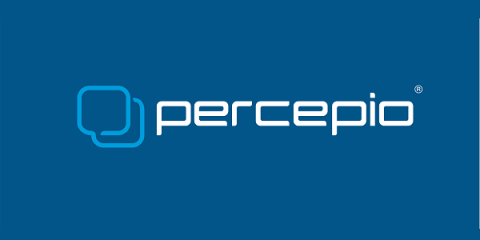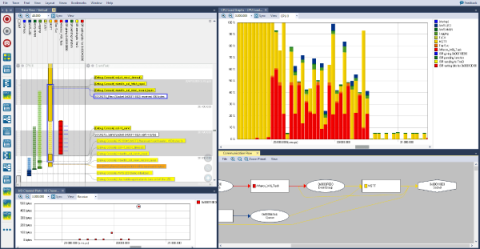Understanding and Configuring APN Settings for IoT Devices
The Internet of Things (IoT) landscape is expanding rapidly, and devices are seamlessly collecting and transmitting data. However, achieving this flawlessness requires an important element: the access point name (APN). By understanding APN settings and configuration methods, you'll enable your devices to perform flawlessly, whether you're managing an industrial sensor network or a fleet of connected logistics trackers.










